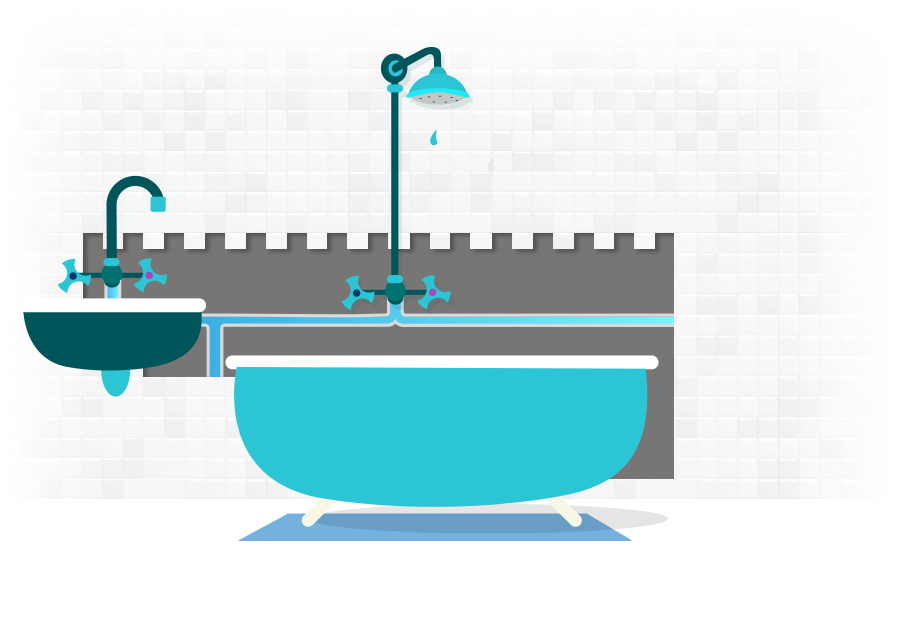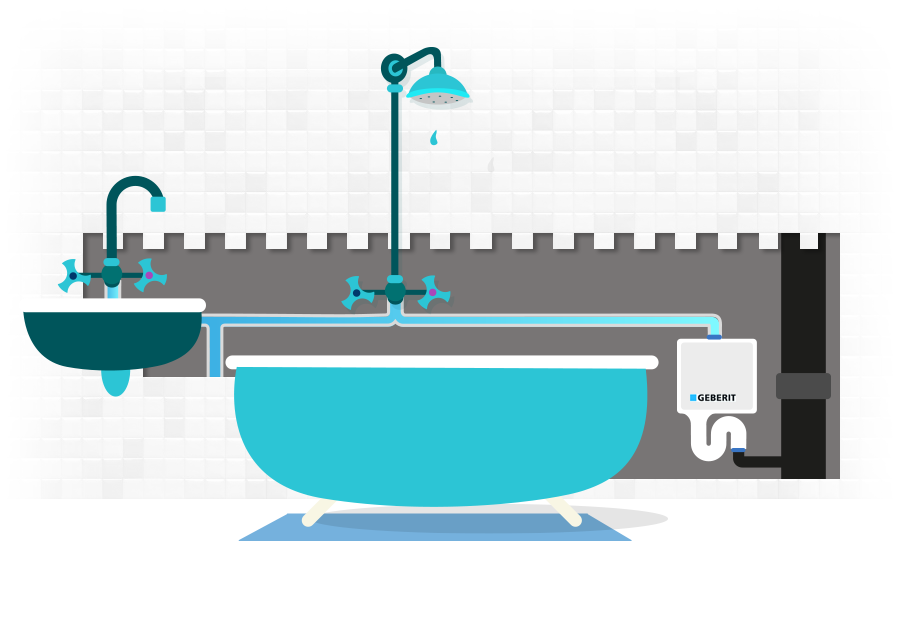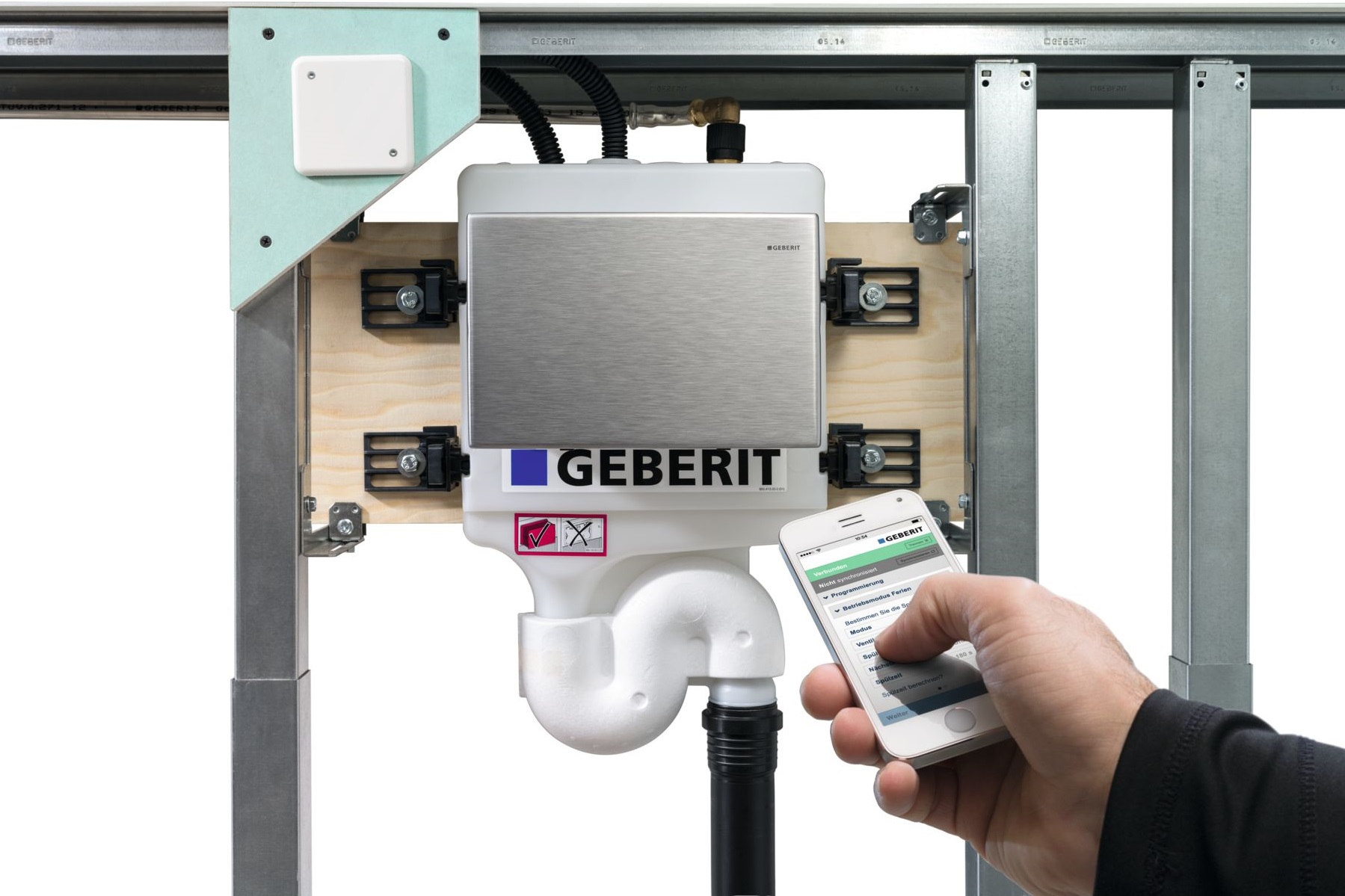Drinking water hygiene
Invisible threat













When buildings, building sections or even just individual apartments are unused for weeks or months on end …
The Geberit sanitary flush unit. Concealed behind the wall, it regularly rinses unused water supply lines.
Protecting lives
In the drinking water systems at hotels, sports stadiums, hospitals and holiday apartments, entire pipe sections can go months on end without being used. Geberit offers a clever solution to prevent microbial contamination of these water supply lines when they are not in use.
Potable water is never completely germ-free. However, the concentration of bacteria and germs is normally so low that it does not pose a threat to the human immune system. Only when these pathogens are able to multiply does a serious health risk arise.
Water temperatures of 25 to 50 degrees Celsius and water systems that are not used for extended periods of time provide optimal conditions for bacteria such as legionella. They cannot multiply in colder, warmer or flowing water. This is precisely how Geberit tackles the problem: To prevent germs from forming, a programmable device – the fully automated Geberit sanitary flush unit – rinses the pipes when required, thus ensuring that stagnating potable water is regularly replaced and that potable water that is too warm is cooled down.

Legionella bacteria claim the lives of thousands of people in Europe each year. The only way to become infected with these bacteria is by inhaling them, which can occur in the shower, for example. By installing a sanitary flush unit, plumbers and sanitary engineers can play a decisive role in reducing the health risk caused by legionella bacteria.
